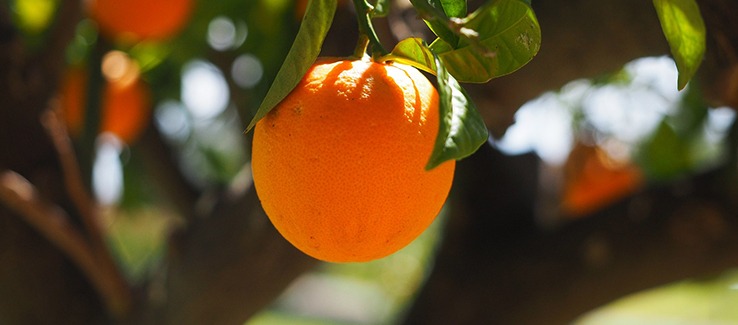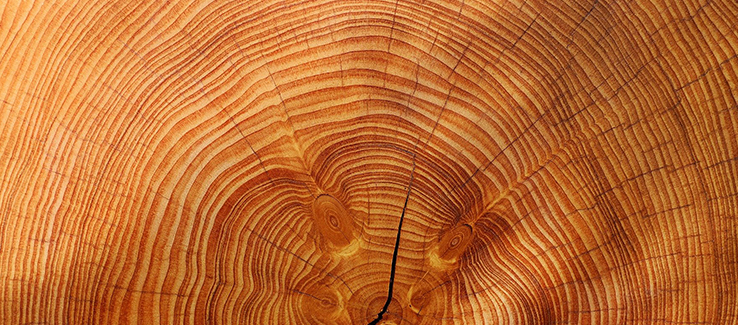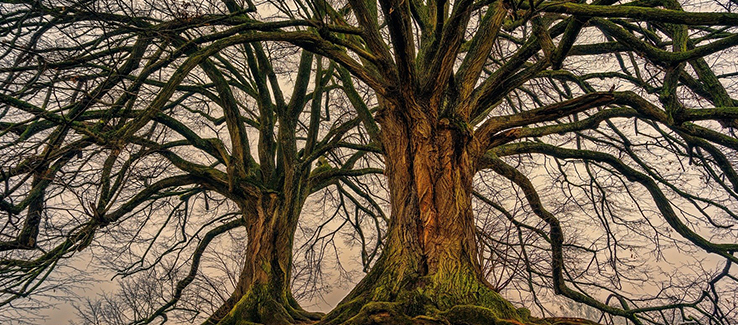How Long Do Trees Live
Avoid planting trees that lack the longevity you want for your landscaping, yard, or garden project. Knowing how long tree species live will help you plant the right tree in the right place.
fasttreeremovalatlanta.com gathered information on how long trees live, what influences their longevity, how a tree’s age is determined, and answers some frequently asked questions.
What Is a Tree’s Lifespan?
Trees can live anywhere from a few dozen years to more than several millennia depending on its species and environmental conditions. However, there is one species that outlives them all. The Great Basin Bristlecone Pine (Pinus Longaeva) has been determined the planet’s oldest living tree, reaching an age of more than 5,000 years old.
What Influences a Tree’s Longevity?
Once a tree is planted and left to grow, its species may dictate how long or short-lived it may be. But chances are it has an incredibly long life ahead of it. The following are factors that help increase a tree’s lifespan:
- The tree was planted with sufficient space to grow above and below ground.
- The tree was planted in properly adjusted, nutrient-rich soil.
- It receives appropriate sunlight.
- Dead or troubled wood is pruned away regularly.
- The tree and its surroundings are drought-free.
- Tree diseases are removed and/or treated immediately.
- Insect infestations are stopped and treated before getting out of hand.
The following are factors that can potentially decrease a tree’s lifespan, if not cause its untimely death:
- Poor watering practices.
- Failure to fertilize deficient soil.
- Soil compaction and/or erosion.
- Inconsistent (poor) pruning practices.
- Repeated insect attacks – successful infestations.
- Untreated disease.
Read more about tree care at fasttreeremovalatlanta.com/tree-care-tips
Tree Species Life Expectancy

While most tree species can outlive their planters and caregivers by centuries, there are some that are considerably shorter-lived. It’s helpful to know just how long your beloved trees will likely survive when all is said and done. The following is a brief overview of popular tree species and how long they live on average:
- Apple Trees (Malus) 50 to 80 years
- Ash Trees (Fraxinus) 350 years
- Aspen Trees (Populus tremuloides) 50 to 60 years (for individual stems)
- Cherry Trees (Prunus avium) 30 to 40 years (some reach up to 250 years)
- Ginkgo (Ginkgo biloba) 3,000 years
- Lemon Trees (Citrus limon) up to 100 years with an average of 50 years
- Maple Trees (Acer) 80 to 100 years
- Oak Trees (Quercus) 150 to 300 years
- Olive Trees (Olea europaea) 300 to 600 years
- Orange Trees (Citrus X sinensis) 50 to 150 years
- Palm Trees (Arecaceae) 80 to 100 years
- Peach or Nectarine Trees (Prunus persica) 12 to 15 years
- Pear Trees (Pyrus) 50 to 80 years
- Persimmon Trees (Diospyros virginiana) 75 to 80 years
- Pine Trees (Pinus) 50 to 450 years (some species surpass 1,000 years)
- Redwood Trees (Sequoioideae) 2,000 years
Note: Tree species that produce an annual fruit crop are typically shorter-lived than their non-fruiting, longer-lived relatives.
How To Determine the Age of a Tree
If you know when your tree was germinated or planted, you can accurately determine its age with simple mathematics. The second most accurate way to estimate a tree’s age is to physically count its annual wood growth rings. Annual rings can be counted using two different methods.

Physical Ring Count – You can extract an increment core from a live tree using an increment borer. And for felled trees, you can count the rings on a trunk cross-section or on the tree stump left behind.
Estimated by Size – You can attain an accurate estimate with the following 4 steps:
Step 1 – Measure the circumference (c) of the tree trunk at 4.5 feet above ground using a measuring tape that measures in feet and inches.
Step 2 – Calculate the trunk’s diameter (d) and radius (r) in inches. Divide the circumference by 3.14 “pi.”
Step 3 – Determine the average width (w) of an annual ring of wood for the species of tree you have measured.
Step 4 – Divide the tree’s radius (r) by the average width (w) of one annual growth ring to get the tree’s approximate age.
Note: Your ability to calculate the approximate age of a tree will help you determine whether or not to keep it on the property and which tree species could/should be planted around it.
Frequently Asked Questions
Question: Is there another way to calculate a tree’s age?
Answer: Yes. Carbon dating is a reliably accurate way of determining the age without killing or destroying the subject.
Question: Do trees die of old age?
Answer: They certainly can. However, the majority of trees die from environmental factors (forest fires, floods, landslides, wind, rain, disease, drought, and heat) long before age.
Question: Do aspen trees have individual roots?
Answer: No. The tree is the root system that can live for thousands of years, while the shoots seen above ground are all clones of the original shoot and live an average of 50 to 60 years.
Tree Age
In this article, you discovered how long trees can live, environmental influences on their lifespan, how to calculate a tree’s age, and answers to some frequently asked questions.
Knowing how old trees can get will help you assemble like species for your landscaping project.
Haphazardly assembling tree species could leave part of your project thriving while some of its member’s age and die.
Sources:
bigtree.cnre.vt.edu/lifespan.html
scienceline.ucsb.edu/getkey.php?key=1181
michigan.gov/documents/dnr/TreeAge_401065_7.pdf
fs.usda.gov/detail/fishlake/home/?cid=STELPRDB5393641
(404) 220-9965
(404) 220-9963

